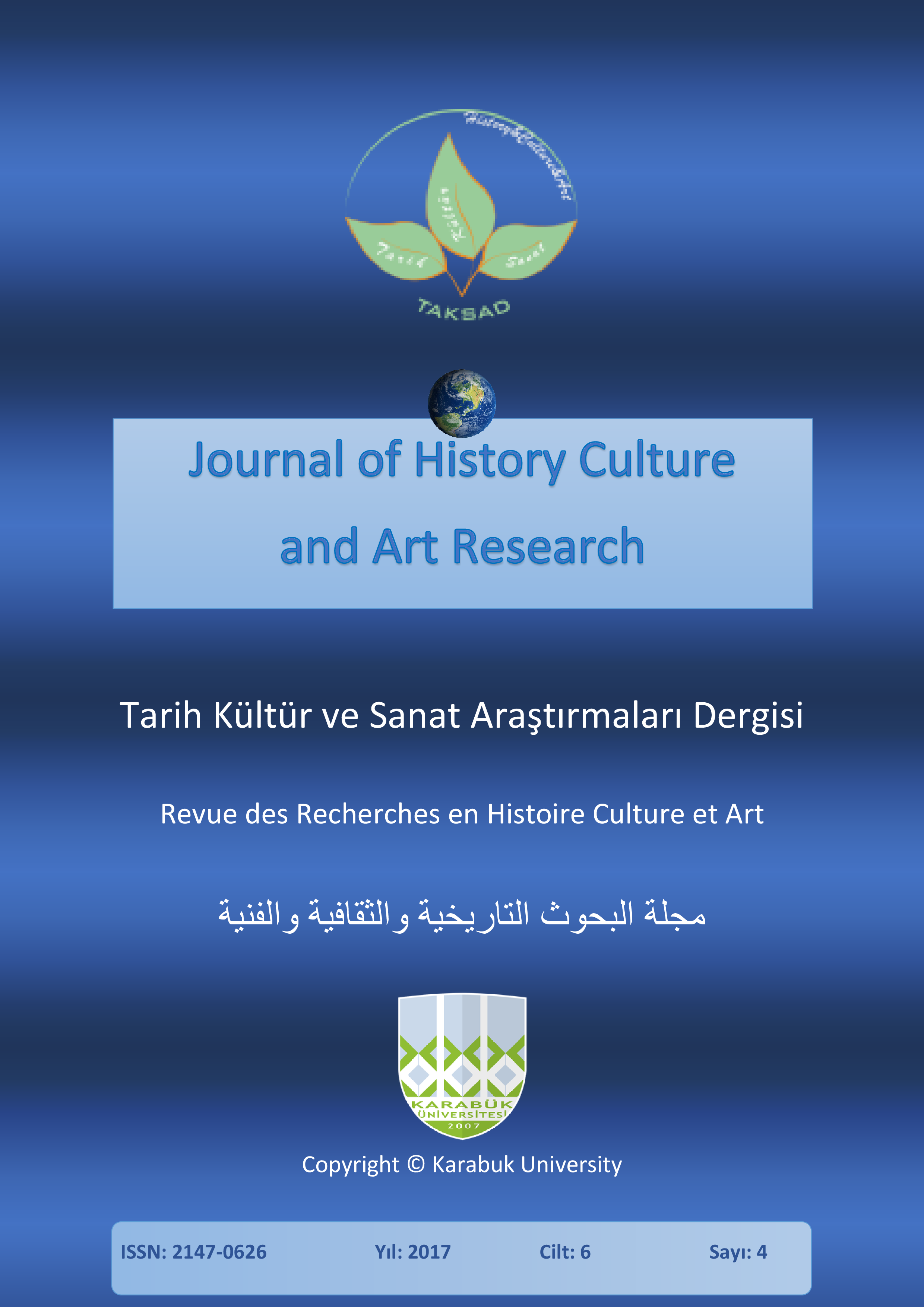Designing of Genow Botanical Garden with Sustainable Architecture Approach
DOI:
https://doi.org/10.7596/taksad.v6i4.1140Keywords:
Botanical Garden, Genow ecotourism region, Sustainable architecture, Green roofs, Living walls, Biological filter.Abstract
Now a day, botanical gardens are considered as the most important and influential public green spaces in most countries of the world. These complexes on one hand have scientific and research applications in the fields of botany, gardening, conservation and plant ecology, and on the other hand they play an important role in public education and tourism. So it can be said that botanical gardens have been converted from merely research environments to multi-functional green spaces. The purpose of this study is designing the Botanical Gardens in Genow ecotourism region, located in of north of Bandar Abbas as a research-tourism complex that has been welcomed by citizens and tourists and respond to the various of their users. Selecting Genow region was due to its vicinity to the Protected Area and Reserve Biosphere of Genow (in terms of life value of diverse plants of protected area). In the process of designing the relevance of botanical garden with Genow echo tourist area, in performance dimension have been considered by the use of Persian garden pattern, and in terms of relationship with nature, with the benefit of recreational spaces and enjoyment of sustainable architecture components (green roofs, living walls the biological filter in the interior parts), that due to having these features will be considered by non-researcher tourists in Genow ecotourism region.
References
Ahmadi, S. (2003). Sustainable Development in Architecture. Civil Engineering Conference, Architecture and the city of Kerman.
Barati, S. (2005). Botanical Garden. Architecture MA thesis, Tehran University, Faculty of Fine Arts.
Chen, F.; Kusaka, H.; Bornstein, R.; Ching, J.; Grimmond, C. S. B.; Grossman‐Clarke, S. & Sailor, D. (2011). The integrated WRF/urban modeling system: development, evaluation, and applications to urban environmental problems. International Journal of Climatology, 31(2), 273-288.
Mendler, S. & Odell, W. (2005). The HOK Guidebook to Sustainable design, (2nd ed.). NJ: Wiley.
Naghizade, M. (2000). Iranian architecture relations, with principles of sustainable development. Art magazine, No. 44, Tehran.
Soflaee, F. (2006). Sustainability climatic elements, in traditional Iranian architecture (hot and dry climate). Set of articles of Third Conference of optimize fuel consumption in the building, Organization, management and optimization of energy consumption in the country, Volume 1, Tehran.
Downloads
How to Cite
Issue
Section
License
All papers licensed under Creative Commons 4.0 CC-BY.- Share — copy and redistribute the material in any medium or format
- Adapt — remix, transform, and build upon the material for any purpose, even commercially.
Under the following terms:
Attribution — You must give appropriate credit, provide a link to the license, and indicate if changes were made. You may do so in any reasonable manner, but not in any way that suggests the licensor endorses you or your use.
- No additional restrictions — You may not apply legal terms or technological measures that legally restrict others from doing anything the license permits.







